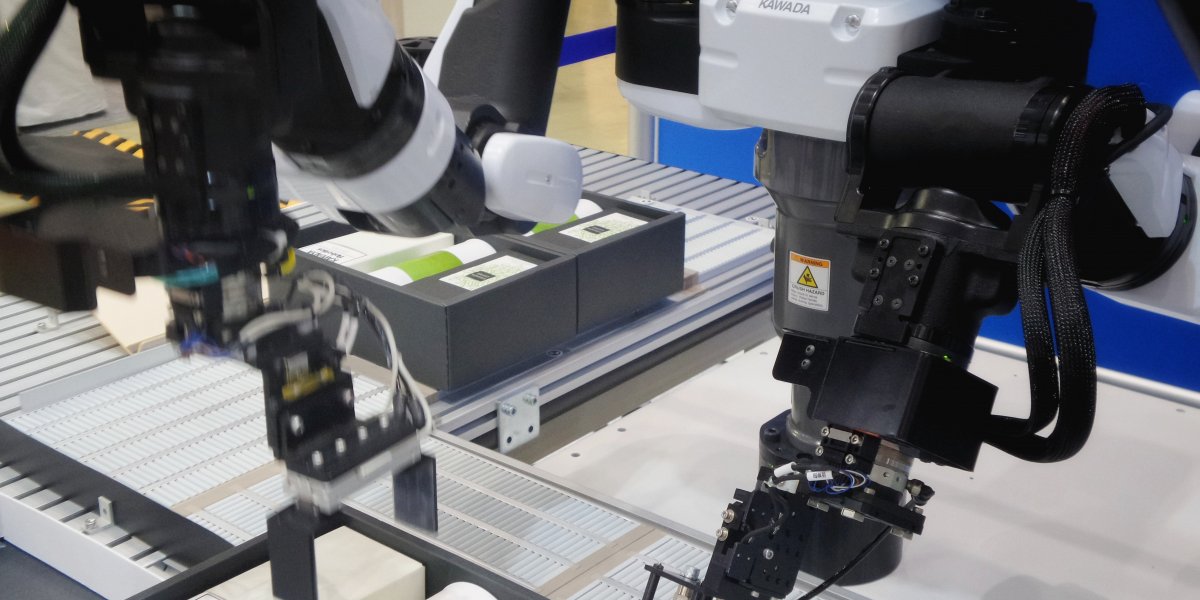On-demand, intangible, and flexible IT infrastructure has been made possible with the help of cloud computing and software-defined infrastructure. These technologies have witnessed rapid advancements in recent years. However, we cannot call them “intelligent” yet as they still require human intervention in order to take necessary actions. This is where the use of artificial intelligence in infrastructure comes into play.

AI in Infrastructure Management
- AI-defined Infrastructure Management: Experts suggest that AI would be able to resolve, manage, and secure network queries in the future.
- Revolutionizing Storage Management: AI-driven systems could learn data life cycles as well as I-O patterns. Hence, they would be capable of creating tiered storage and notifying users when the system is about to break down.
- AI-powered Security Solutions: Use of AI in threat intelligence, entity behavior, user behavior, and security will gather impetus in the foreseeable future. Power algorithms would be able to eliminate, avert, and recognize cyber-attacks.
AI in Construction Management and Construction Safety
The deployment of AI in construction has been picking up pace in recent years. Machine learning, for instance, is being used for analyzing mountains of data. Other applications of AI in the construction industry that are currently in use include change orders, open issues, spam filtering, and processing requests for information. Project managers are then alerted of things that require their immediate attention.

Deep learning is being deployed by key stakeholders in the construction industry to overcome crucial challenges regarding safety. With the combination of image recognition and computer vision technology, it is now possible to identify structural defects and critical faults in equipment.
In addition, artificial intelligence has made it possible to calculate the exact scale, size, and shape of the crack.
Handling Labor Shortages
The real-time analysis offered by data science and artificial intelligence can be used to address the critical labor shortages in the construction industry. AI is proving to be pivotal for improving the overall productivity of labor working in this sector.
According to a 2017 report by McKinsey, by capitalizing on artificial intelligence, major construction firms can boost productivity by 50%. Moreover, they can leverage AI to plan the effective distribution of machinery and labor across different projects.
Role of AI in Transportation and Road Safety
Artificial intelligence is currently being tested for bolstering road safety. For instance, the combination of data analytics and facial recognition AI is being tested in Thailand for real-time observation of drivers’ behavior. The technology will detect when the driver is feeling distracted or drowsy.
AI in Logistics
Artificial intelligence is already being deployed by e-commerce giants to find the shortest delivery route which saves them valuable time, money, and fuel. With the help of AI, they are automating packaging and product sorting processes as well. Besides, AI-powered voice assistants are shaping the logistics arena by allowing customers to track their packages.
AI in Power Sector
Artificial intelligence holds enormous potential in the power sector. In the future, AI will become an inherent part of fault prediction, power consumption, distribution, transmission, and generation. However, significant challenges lay ahead for the implementation of artificial intelligence in the power sector. Some of them include affordability, transparency, efficiency, and amalgamation of AI with renewable energy.

Going Forward
The use of AI for IT infrastructure and construction is expected to create significant disruption soon. Companies such as SumoLogic, Spunk, and Dynatrace are offering smart monitoring solutions to track networks. Moreover, companies would need massive networking resources to handle the enormous computing power of AI systems. In the future, engineers and architects would utilize AI-generated 3D models to track the progress of their projects.

